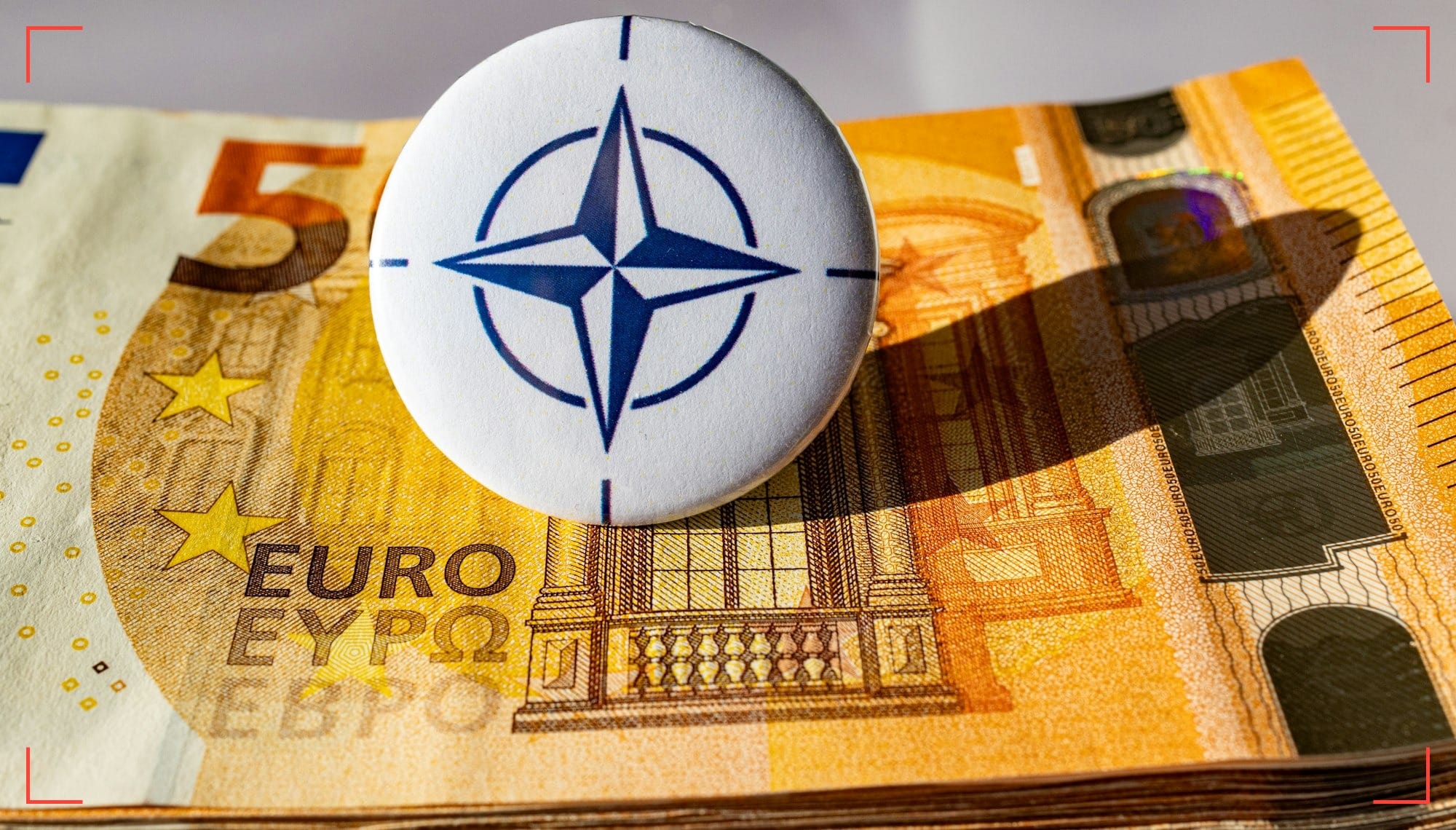Europe's Military Expansion SpecialREPORT
Beyond the Battlefield: Commercial Impacts of Military Expansion | MAY 2025

Report Details
Initial Publish Date
Last Updated: 9 MAY 2025
Report Focus Location: Europe
Authors: ATG, MA
Contributors: GSAT
GSAT Lead: MF
RileySENTINEL provides timely intelligence and in-depth analysis for complex environments. Our global team blends international reach with local expertise, offering unique insights to navigate challenging operations. For custom insights or urgent consultations, contact us here.
Key Findings
- The EU's shift towards increased defense spending presents significant opportunities for businesses, particularly in advanced manufacturing, dual-use technologies, and logistics.
- The future of Europe’s defense industry will most likely be shaped by both government funding and the ability of private-sector actors to form agile partnerships, responding swiftly to shifting defense demands.
- Increased defense spending in Europe presents a dual challenge: balancing immediate military needs with long-term investments in infrastructure, technology, and human capital crucial for sustaining strategic autonomy.
- Expanded defense budget in Europe has broader economic implications, with the potential to catalyze innovation across sectors like cybersecurity, AI, and manufacturing
- Decades of reliance on the U.S. for European security and underinvestment in its defense capabilities have left the continent vulnerable to current threats.
- Russia’s invasion of Ukraine was a wake-up call for the continent to rapidly develop plans and convene for serious discussions among states around the topic of European security and a more unified approach to face the current geopolitical situation.
- While the discussions around increased spending are progressing fast, the issue of expanding the military and industrial capabilities is far more challenging and cannot be solved within a short period.
- Increased collaboration between EU members, especially on joint procurement programs, is essential to overcoming inefficiencies in the defense market and ensuring a competitive and interoperable defense industry across Europe.
- The main challenges to advancing rearmament include a nationally fragmented defense market, low production volumes and high unit costs, and the absence of reliable long-term orders—resulting in limited competition and a pronounced home bias in procurement.
- Internal political dynamics within EU member states will influence the trajectory of defense spending, with potential tensions between defense priorities and other critical social sectors.
Summary
After decades of peace and economic growth, apart from the war in former Yugoslavia, Europe experienced a harsh awakening with Russia’s invasion of Ukraine in February 2022. With the new geopolitical reality, which confronts Europe with numerous threats, decades of underinvestment in defense capabilities following the Cold War have become apparent. Despite increased defense spending of 50% between 2015 and 2023, after Russia annexed Crimea in 2014, Europe is still nowhere near the ability to defend itself and is facing high pressure to act immediately.
While European businesses in the defense sector or closely aligned face challenges like market fragmentation, funding access, and the need to increase capacity and innovation rapidly, they will likely be able to take advantage of long-term opportunities presented by a substantial increase in investment, the push for market integration and scale, and the focus on technological development and strategic autonomy. Other sectors will very likely benefit from a ripple effect from investments in the defense sector, such as cybersecurity, industrial goods, or power grids. This report will elaborate on the opportunities and challenges for businesses in Europe. If you are interested in more information on plans for European defense spending, kindly consult this report.
Remaining content is for members only.
Please become a free member to unlock this article and more content.
Subscribe Now






